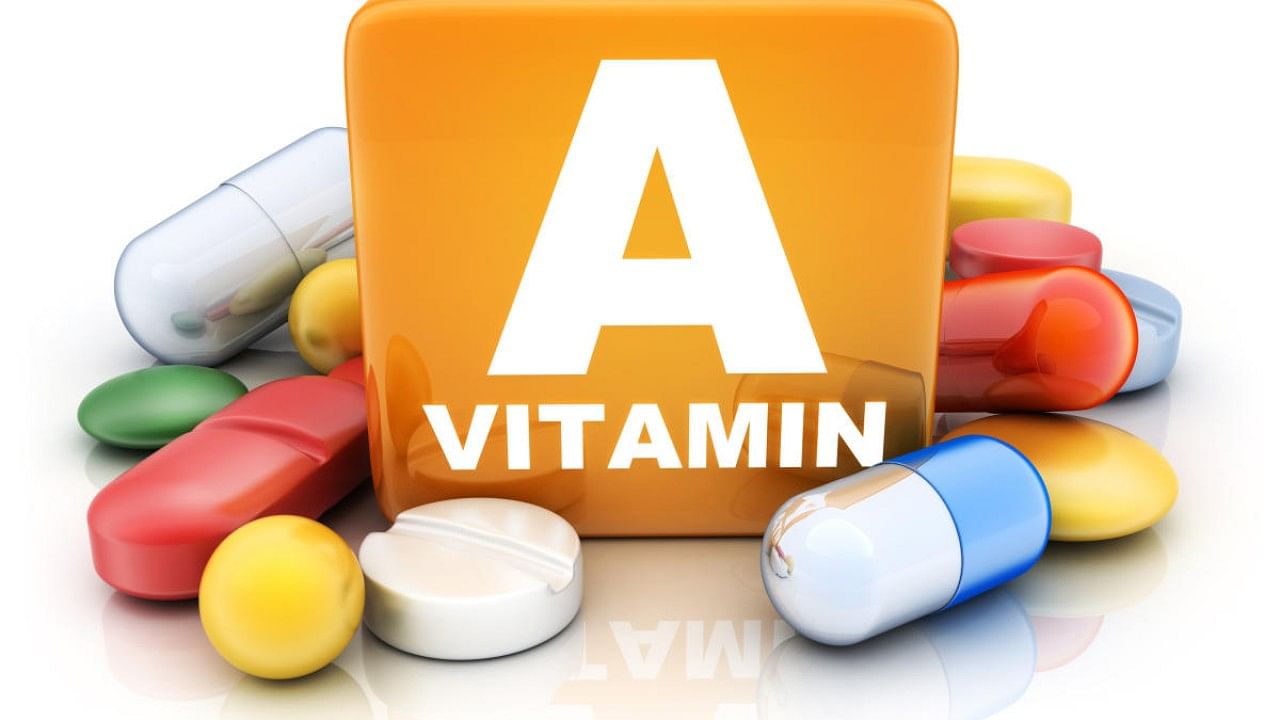
Ever been told to properly eat your carrots and spinach because they’re good for your eyes? If yes, chances are you are familiar with the many benefits of the wonder nutrient - Vitamin A. Abundantly available in carrots, tomatoes, bell peppers, and broccoli, Vitamin A is required by the human body for normal functioning. Its deficiency can also cause a range of problems ranging from vision, immune function, reproduction and skin health.
Benefits of Vitamin A
Vitamin A helps vital organs like the heart, kidneys, and lungs function optimally. When it comes to eyes, it helps them adjust to dim light conditions. Its benefits are more easily understood if one knows what insufficient Vitamin A could translate to, health-wise. A mild vitamin A deficiency could be behind dry skin, fatigue, vulnerability to infections, and even infertility. If one is seriously deficient in this essential micronutrient, they could majorly undermine eye health, and experience issues such as severe eye dryness, night blindness and irregular patches on the white of the eyes. According to the World Health Organisation, Vitamin A deficiency contributes to maternal mortality and other poor outcomes of pregnancy and lactation. Insufficient Vitamin A diminishes the ability to fight infections.
What does Vitamin A help with?
Better overall eye health
Lessening the risk of blindness, including night blindness, and vision loss due to macular degeneration
Development of immune cells and strengthen body’s ability to fight infections
Supporting a healthy pregnancy and fetal growth
Treating acne and supporting skin health, to some extent
Reducing the risk of some types of cancers, such as lung and prostate cancers
Sources of Vitamin A
As a rule of thumb, no matter the health goal, a balanced diet plan should factor in all nutrients according to the daily requirement of the specific micronutrient. Coming from both animal sources (called retinoids and including retinol) and plant sources (called carotenoids and including beta-carotene), Vitamin A is formed within the human body by the conversion of beta-carotene into vitamin A.
The provitamin Vitamin A can be naturally obtained from green leafy vegetables like broccoli and spinach, bright-coloured vegetables like sweet potatoes, pumpkin, carrots and squash, as well as bell peppers, tomatoes, apricots, mangoes, and dairy products like milk. It is also found in certain kinds of cheese.
One can also find a type of this vitamin, called preformed Vitamin A, from meat, poultry, fish, and dairy products. If you are keeping your meals balanced, there’s a strong possibility that you are meeting the recommended daily allowance (RDA) of Vitamin A — which is about 600 micrograms for both men and women.
These limits, however, have recently been revised by the Food Safety and Standards Authority of India (FSSAI) to about 1000 micrograms for men and 840 micrograms for women, applicable from 2023. In addition to filling up your plate with healthier food choices, one way of upping your daily Vitamin A intake could be oral supplements. However, one must be aware of the amount of every micronutrient going inside the body, so it does not cause exceed the tolerable upper level (UL) intake.
(The writer is a nutrition specialist)
Check out the latest videos from DH: